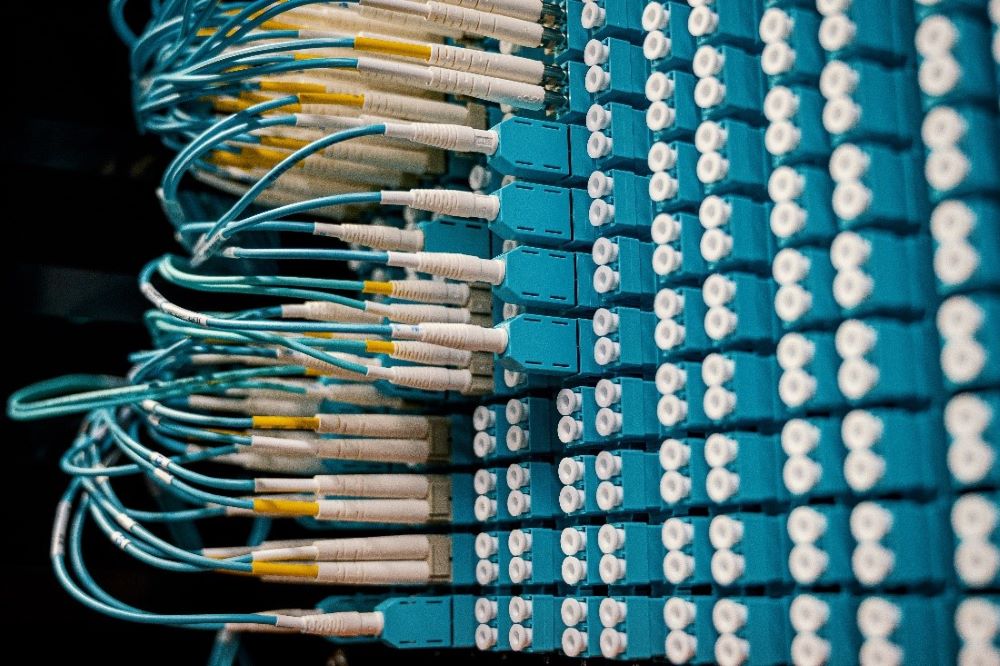
|
|
Subsea or submarine cables are fibre optic cables that connect countries across the world via cables laid on the ocean floor. These cables, often thousands of miles in length, are able to transmit huge amounts of data rapidly from one point to another.
Modern submarine cables use fibre optic technology. Lasers on one end fire at extremely rapid rates down thin glass fibres to receptors at the other end of the cable. These glass fibres are wrapped in layers of plastic (and sometimes steel wire) for protection.
A subsea cable designed to strengthen the Isle of Man’s connectivity to Ireland and the UK, with onward connections to continental Europe and the US, has gone live.
Irish-headquartered connectivity services provider Aqua Comms worked closely with the Isle of Man Government to install the new Celtix-Connect 2 cable, as part of its wider strategy to develop the North Atlantic Loop. The installation is now complete, with 75km of fibre optic cable laid in Manx waters and connected to two landing points on the Isle of Man, in Port Erin and Port Grenaugh.
Richard Oliphant, of government agency Digital Isle of Man, said the cable was “critically important for the island’s communications in the decades ahead”.
He added: “From people using the internet to someone swiping their credit card in a shop, to businesses of all shapes and sizes, it will play a vital role in delivering that connectivity”.
Submarine cabling is not a new concept, in fact, it was first implemented in 1858, connecting Newfoundland and Ireland through a telegraph cable that was placed deep beneath the sea’s surface. The demand for internet is expanding and the need for faster, more reliable service is here. In fact, the demand for global bandwidth is growing at up to 40% each year. The submarine network is the most reliable and cost-effective solution in keeping up with such demand with submarine internet cable bandwidth continually increasing.
Date: August 29, 2022
Author: Magnetar IT